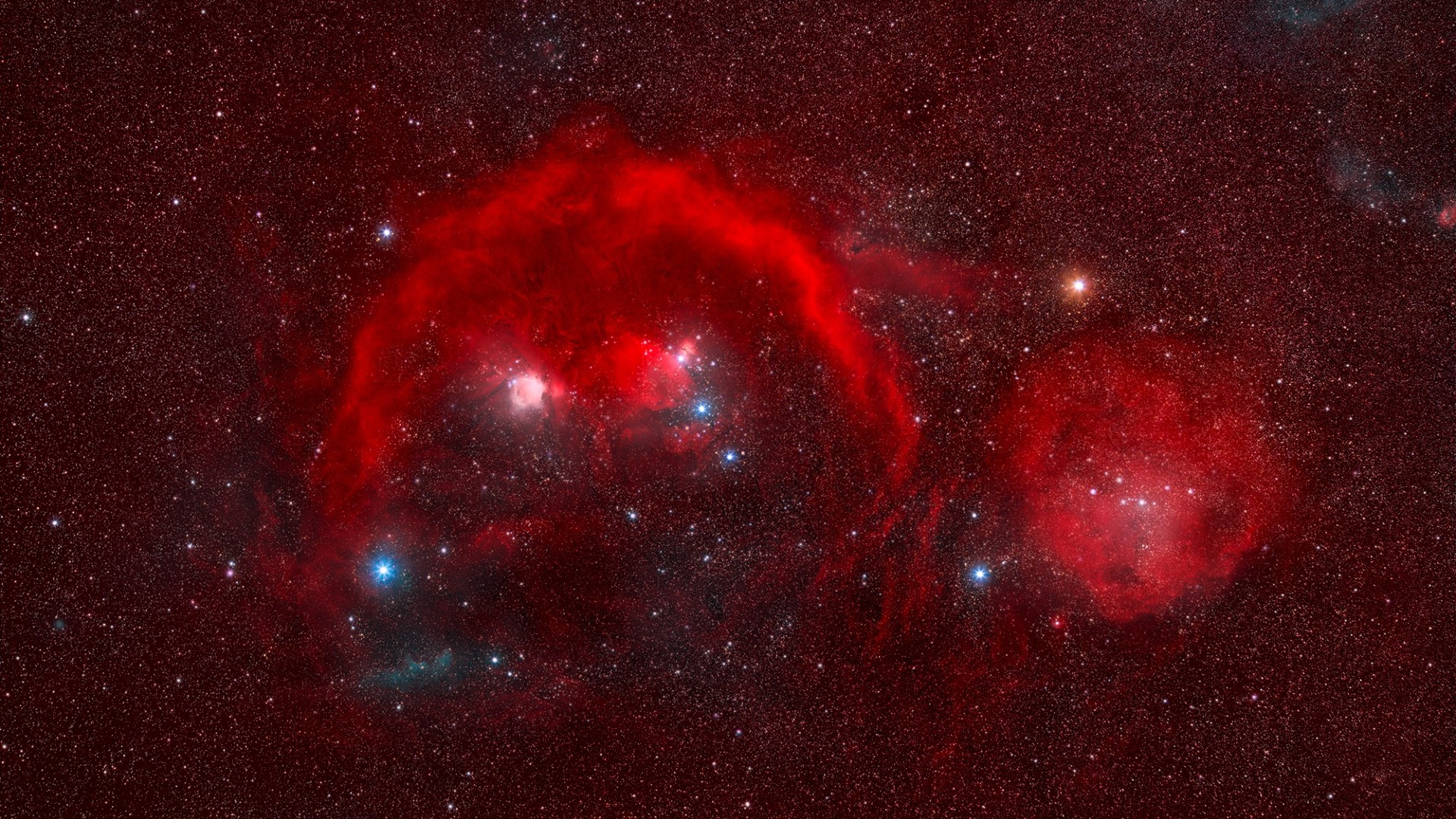No, Boeing Starliner's NASA astronauts are not stranded in space. Here's why.
The supposedly 10-day mission is now nearing 2 months in space — for a good reason.
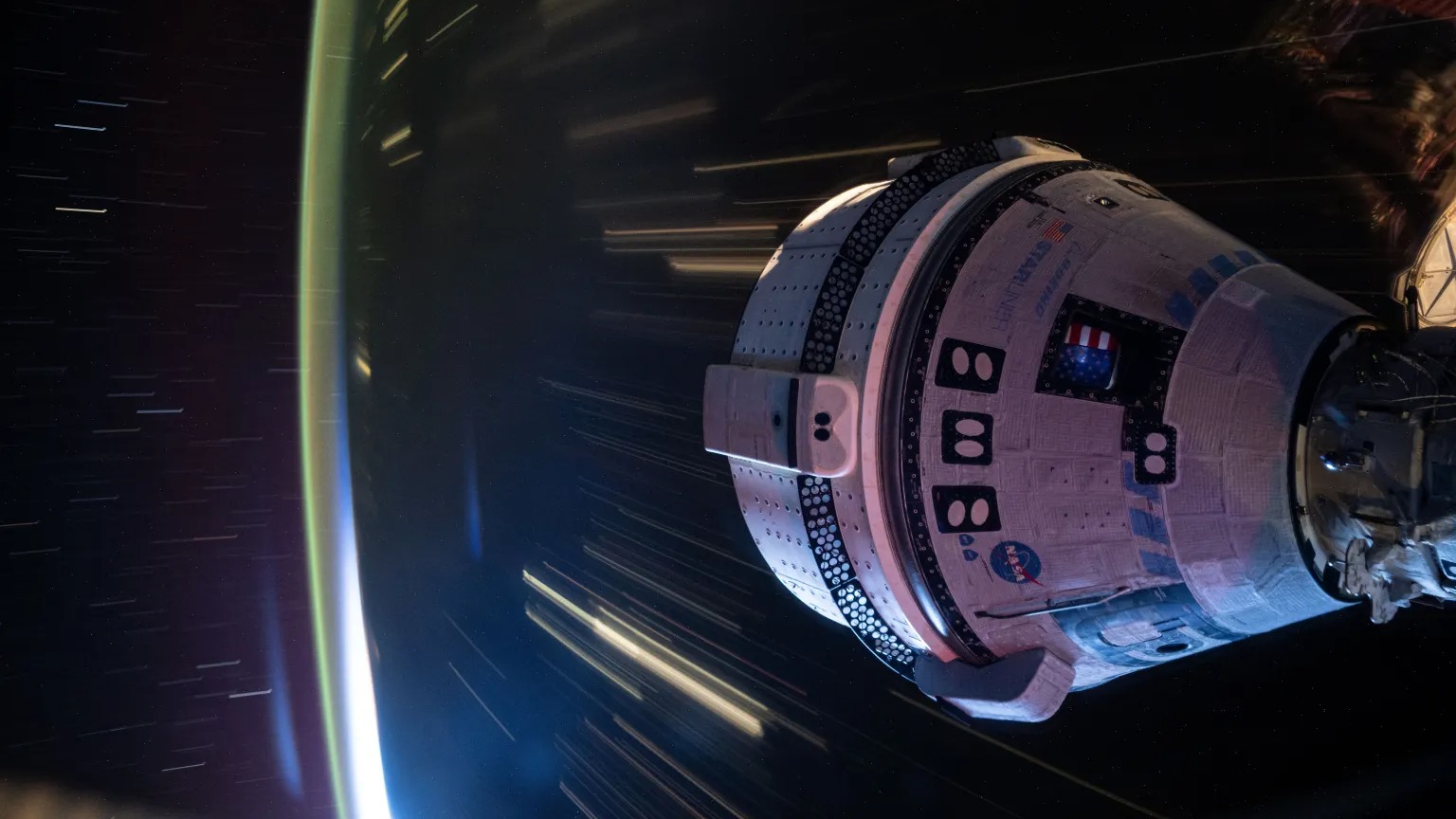
Boeing Starliner's two astronauts knew to expect the unexpected when they took off on the spacecraft's first crewed mission on June 5.
I learned this back in March, when NASA hosted reporters at the agency's Johnson Space Center (JSC) in Houston for two days. We used four Starliner simulators, spoke at length with senior agency and Boeing leadership, and sat down with NASA astronauts Butch Wilmore and Suni Williams.
The duo — career astronauts and veterans of long International Space Station (ISS) missions — were both U.S. Navy test pilots when they started out and knew how to build aerospace programs with big teams decades ago. This is why they were selected to put Starliner through its crewed paces for the first time.
"With an experimental spacecraft, there are things that haven't been done before. We really want to make sure that that all works and is fine," Williams said in a small-group interview at JSC on March 24. She explained that dynamic events, like docking and manual flying, would be especially tricky despite all the simulator hours: "Our hair on the back of our neck is going to stand up a little bit more when we do these things."
Related: Boeing's Starliner tests thrusters at ISS as NASA reviews options for astronauts' return to Earth
That prediction came true on June 6 — the day after launch — when Williams and Wilmore were asked to delay their final approach to the ISS for docking. Starliner was not only leaking helium, continuing a manageable problem that was tracked carefully before launch, but its thrusters were affected in ways that NASA and Boeing could not yet explain. The astronauts docked safely to the ISS on their second try on June 6, after demonstrating again that they could safely control the spacecraft.
Starliner has remained at the ISS. Its mission, known as Crew Flight Test (CFT), was extended beyond the 10-day nominal timeline, then extended again beyond 45 days when the batteries (the main duration-limiting factor) were behaving better than expected. Williams and Wilmore have now spent about 55 days in space, living off an existing reserve of food, oxygen and other critical items that NASA already has on hand for such scenarios.
Breaking space news, the latest updates on rocket launches, skywatching events and more!
Some reporters began calling the astronauts "stranded" or "stuck" on the ISS. NASA and Boeing stress, however, that this couldn't be further from the truth.
"Our plan is to return them on Starliner and return them home at the right time," Steve Stich, manager of NASA's Commercial Crew Program, told reporters during a tense press teleconference on June 28. (Reporters complained during the briefing that a lack of updates was leading to misinformation online; NASA and Boeing pledged more frequent discussions, but said they had remained relatively quiet mainly because they were busy troubleshooting Starliner's issues.)
Related: Boeing's Starliner can stay in space beyond 45-day limit, NASA says
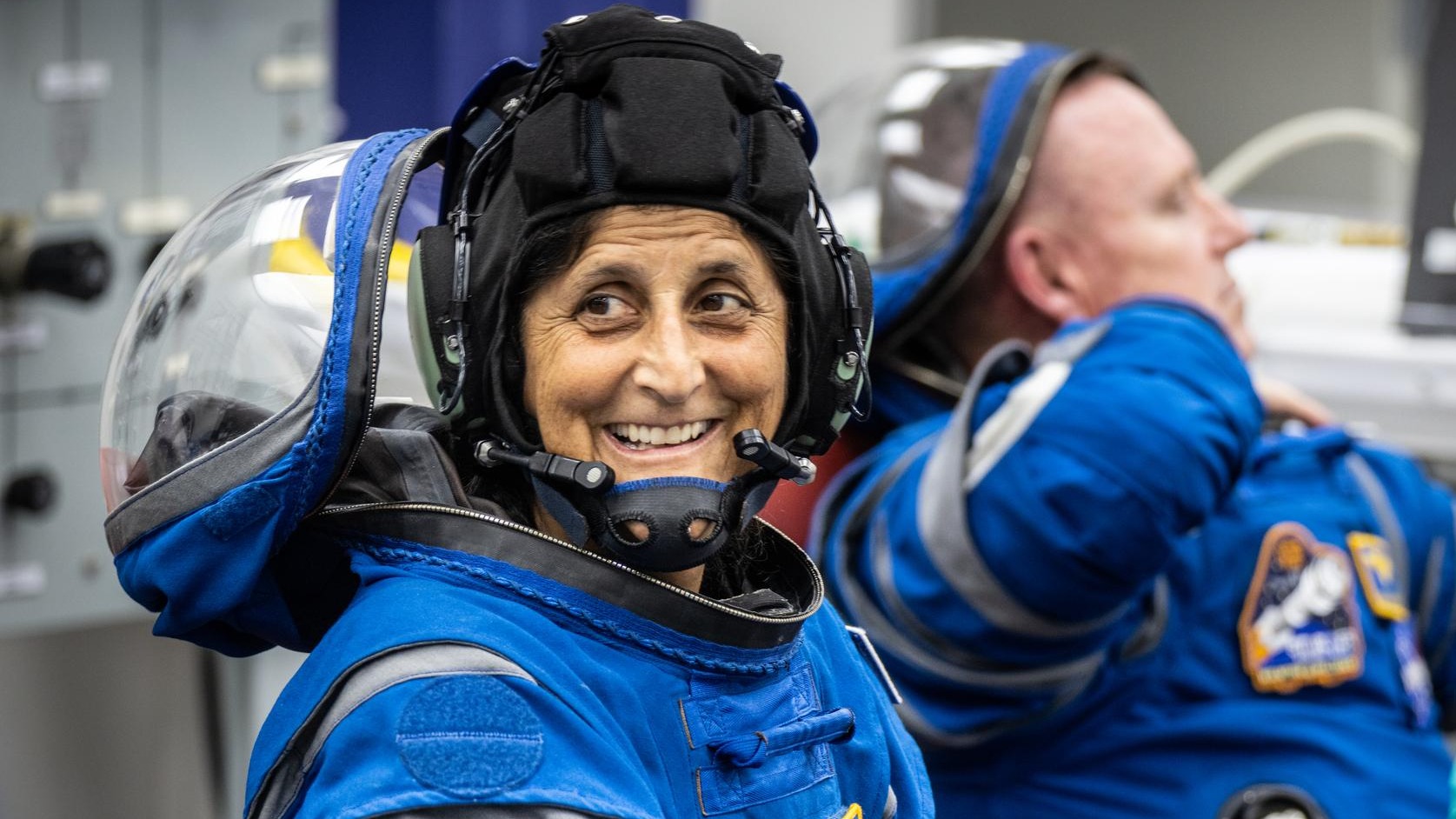
"We'll have a little bit more work to do to get there for the final return. But they're safe on space station," Stich said of Williams and Wilmore. "Their spacecraft is working well, and they're enjoying their time on the space station."
Boeing's Mark Nappi, who manages the commercial crew program at the company, emphasized that staying docked to the ISS is the best way to troubleshoot. "We don't understand issues enough to fix them permanently, and the only way that we can do that is take the time in this unique environment and get more data, run more tests," he said in the same press conference.
Starliner was always rated to leave the ISS in case of emergency, and that scenario was activated June 26 when pieces of Russian satellite space debris came within the miles-wide "pizza box" shape of space that surrounds the ISS. Even if the risk to astronauts is infinitesimally small, protocol dictates that the crew get ready to go home if an object intrudes into the pizza box.
As procedures dictate, NASA and the Russian space agency Roscosmos each ordered their astronauts to shelter in their return spacecraft. The Expedition 71 crew duly decamped to a SpaceX Crew Dragon, a Russian Soyuz and — in the case of Williams and Wilmore — Starliner. They waited for about an hour, and were cleared to return to ISS duties when the danger passed.
"We were ready to execute, should they need to emergency undock [for] landing," Stich said. So "It was great learning for us, while we're docked at the space station, to have this contingency come up. Obviously we don't like these orbital debris situations, but it was great to exercise that."
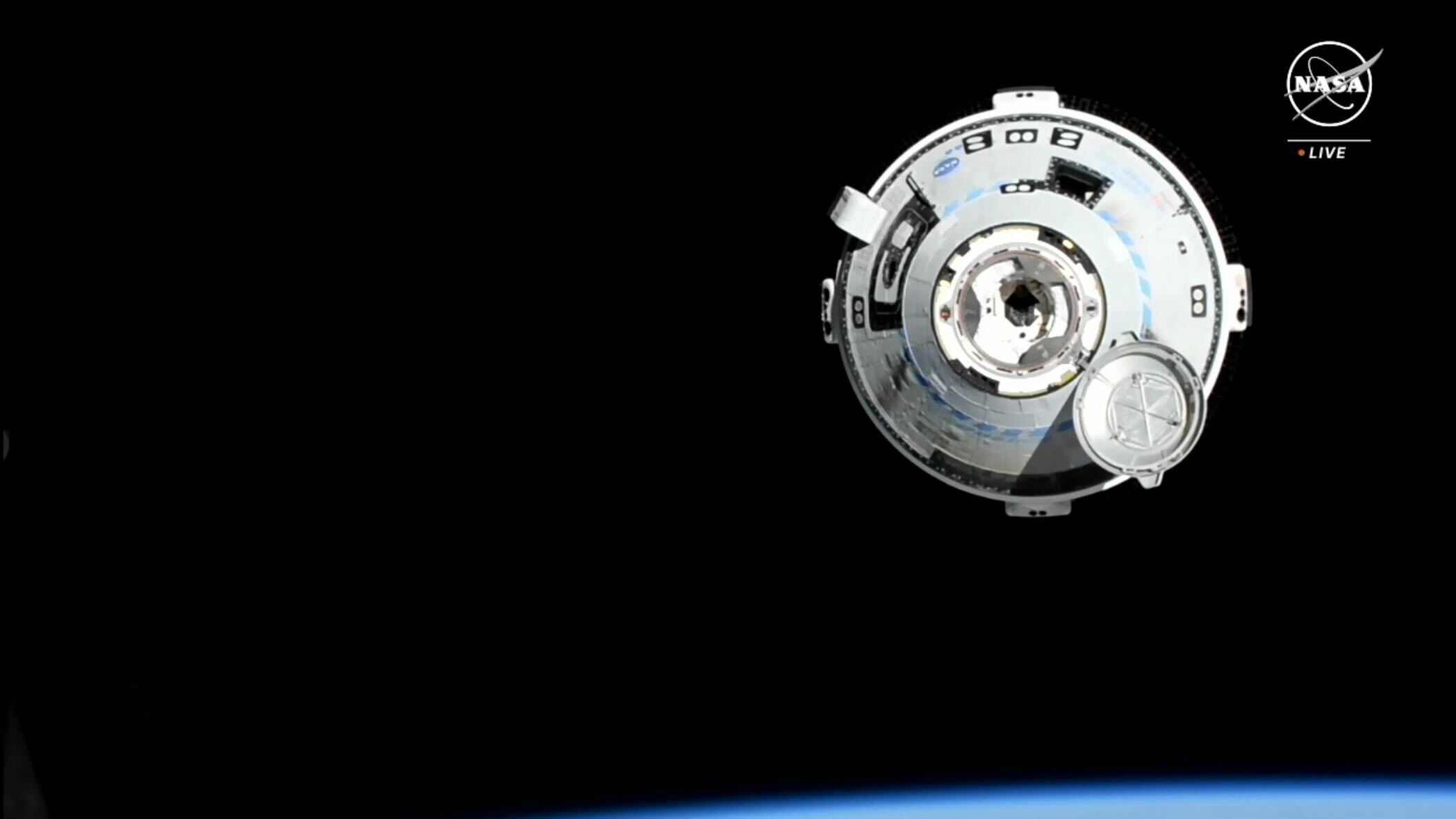
The reason for Williams' and Wilmore's delayed departure is not really about CFT. While safety is always in the discussion, NASA and Boeing have also said they want to understand the root causes of the thruster issues and helium leaks while an active spacecraft is still at the ISS. If the astronauts leave, engineers lose the chance to not only observe the spacecraft's behavior but also to use the service module that houses the propulsion system.
The service module is discarded during landing and, as such, working with it at the ISS will help engineers evaluate how to redesign Starliner, or change operations, for future ISS missions rated to last six months. Starliner-1, that first operational effort with three astronauts on board, was delayed to around August 2025 (from early in the year) recently to give more time for these decisions in the future.
In the meantime, when in-space tests proved inconclusive, NASA and Boeing performed thruster tests at the White Sands Test Facility in New Mexico early this month and discovered some new things.
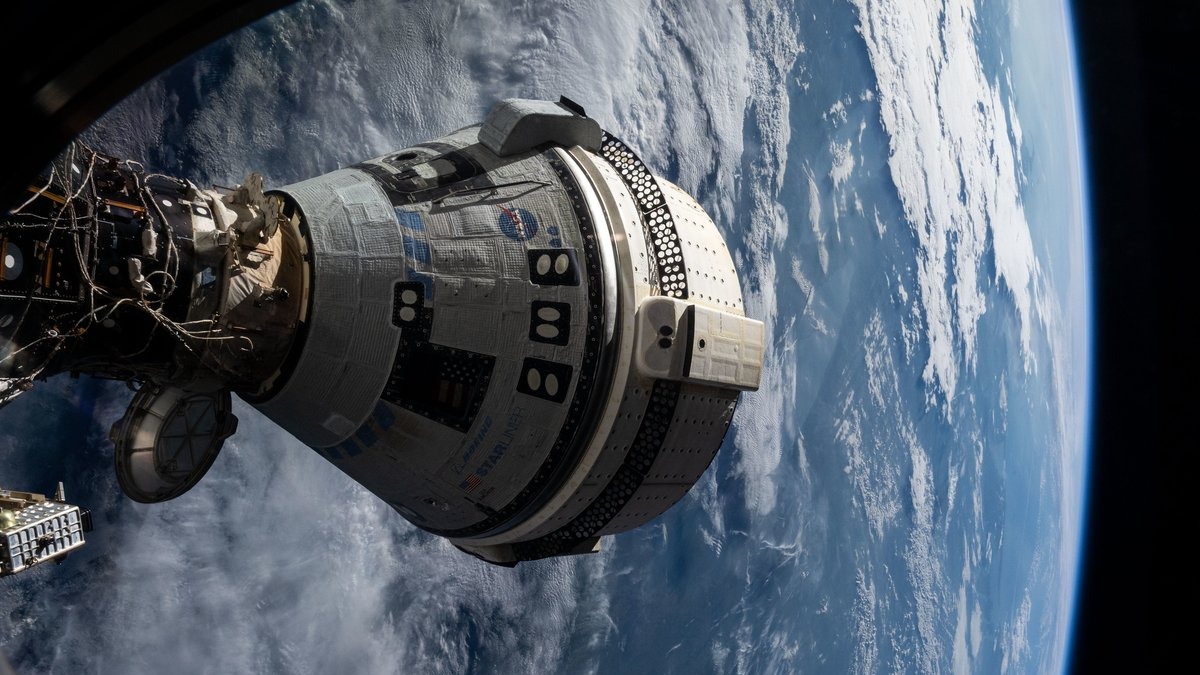
The 28 thrusters of Starliner's reaction control system (RCS) are housed in insulated shelters called "doghouses." Firing the RCS thrusters repeatedly in space, especially in conjunction with the orbital maneuvering and control system (OMCS), heats up the doghouses to a degree engineers never saw on the ground. This causes the insulation within the thrusters to bulge and to shed Teflon, which restricts propulsion flow and seems to explain why the thrusters acted up during docking last month.
The helium leaks are still being looked at, but NASA has said repeatedly that all spacecraft have dealt with those — Dragon and the venerable space shuttle included. They even launched with these issues.
On Saturday (July 27), NASA and Boeing conducted another hot fire of Starliner's propulsion system in orbit. From the ground, mission team members commanded 27 of the 28 thrusters. (One was identified weeks ago as unable to function properly for the return home.) Early indications are that those 27 performed to spec, and NASA is now considering the results in an agency-level review of CFT.
While it's not a slam-dunk that Starliner will return home shortly, there have been no show-stoppers yet through the testing. NASA and Boeing remain cautious, both emphasizing that safety must come first for the reentry decision. A backup for the Starliner astronauts does exist — getting a ride back to Earth on a Dragon. When reporters ask about that in press conferences, both Boeing and NASA have said Dragon is not needed for this purpose right now.
Williams and Wilmore have also expressed confidence all along that the right choices will be made for their safety, and the mission at large.
"Everything's in place, as far as what we know now," Wilmore said from space on July 10, as one round of testing was wrapping up at White Sands. "We're going to learn from that, and we're going to incorporate new processes and procedures that we will employ if necessary."
Assuming (as has been the case so far) that Starliner is authorized to return home, Wilmore said he and Williams will "be ready then, unless the data shows otherwise. But right now, based on what we know, we are absolutely ready."
Join our Space Forums to keep talking space on the latest missions, night sky and more! And if you have a news tip, correction or comment, let us know at: community@space.com.

Elizabeth Howell (she/her), Ph.D., was a staff writer in the spaceflight channel between 2022 and 2024 specializing in Canadian space news. She was contributing writer for Space.com for 10 years from 2012 to 2024. Elizabeth's reporting includes multiple exclusives with the White House, leading world coverage about a lost-and-found space tomato on the International Space Station, witnessing five human spaceflight launches on two continents, flying parabolic, working inside a spacesuit, and participating in a simulated Mars mission. Her latest book, "Why Am I Taller?" (ECW Press, 2022) is co-written with astronaut Dave Williams.
-
Flash Sheridan “While it's not a slam-dunk that Starliner will return home shortly” sounds like a verbose rephrasing of “stranded in space” to me.Reply -
billslugg There was never a return date mentioned when the craft went up. They were supposed to be home "in about a week". So far, 7 weeks in, they are still enjoying a welcome at ISS. When that fades we can say they are stranded.Reply -
Helio Nice report.Reply
It makes sense to study the service module before discarding it during re-entry. -
Dortmund66 Reply
And I'm an alien named Paul. Go figure.Admin said:Boeing Starliner's historic 1st astronaut mission has been extended repeatedly for thruster troubleshooting. But its two astronauts are not stuck on the ISS.
No, Boeing Starliner's NASA astronauts are not stranded in space. Here's why. : Read more -
gybognarjr Reply
The so called Boeing Co. representatives are continuously dishonest,they are telling lies and grossly incompetent, but the successive row of their failures tells the true story. There was once an excellent Boeing Company, but for decades now, it is the failed McDonnell Douglas Company masquerading as such, since those managers took over at the merger in 1997. R.I.P. Boeing.Admin said:Boeing Starliner's historic 1st astronaut mission has been extended repeatedly for thruster troubleshooting. But its two astronauts are not stuck on the ISS.
No, Boeing Starliner's NASA astronauts are not stranded in space. Here's why. : Read more -
mamkpa2001 Reply
Yes they are.Admin said:Boeing Starliner's historic 1st astronaut mission has been extended repeatedly for thruster troubleshooting. But its two astronauts are not stuck on the ISS.
No, Boeing Starliner's NASA astronauts are not stranded in space. Here's why. : Read more -
kfonda There is no way you'll ever convince me that this was anything other than a massive failure. Whoever made the decision to go ahead with the launch even with the problems they were having should be fired. They are very lucky that no has died and I really hope they make it back without any further incidents.Reply -
Conaltkobold Reply
Seriously what a propaganda machineFlash Sheridan said:“While it's not a slam-dunk that Starliner will return home shortly” sounds like a verbose rephrasing of “stranded in space” to me. -
billslugg At the June 2 press conference prior to the June 5 launch the mission duration was to be "about a week". They got up there and decided to stay awhile. As long as no one gets into danger, it's irrelevant.Reply
